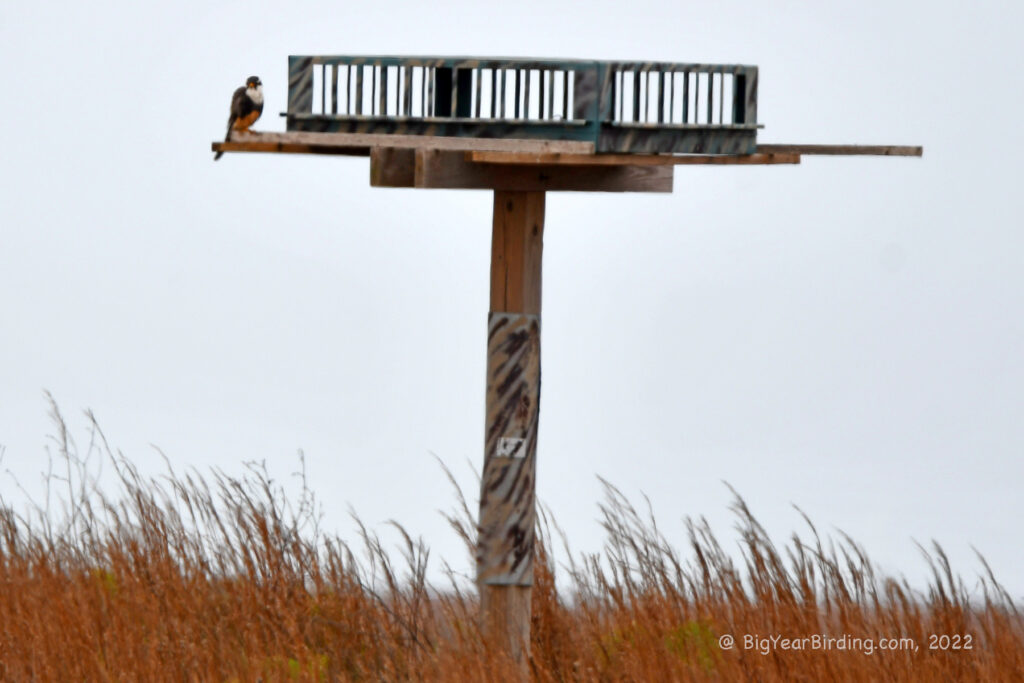
The Aplomado Falcon (Falco femoralis) is a medium-sized bird of prey that is widely distributed throughout Central and South America. Adults are approximately 15 to 19 inches in length, with a wingspan of 35 to 43 inches, and they weigh between 9 to 13 ounces. They have a slender body, long wings, and a long tail with a distinctive black tip. Aplomado Falcons have a distinctive facial pattern, with a white stripe above the eye and a black mustache-like stripe below the eye. Their plumage is mostly gray-blue above, with reddish-brown underparts and white under the tail.
One of the most distinguishing features of the Aplomado Falcon is their aerial acrobatics. They are known for their swift and agile flight, which includes rapid wing beats and tight turns. They are also known for their ability to hunt on the wing, catching prey in mid-air. They primarily feed on small birds, insects, and small mammals such as rodents and rabbits.
Aplomado Falcons are a migratory species, with populations in the northern parts of their range moving south for the winter. They breed in open grasslands and savannas, making nests on ledges and cliffs. During the breeding season, males perform courtship displays that include aerial acrobatics and vocalizations. Females typically lay two to four eggs per clutch, which they incubate for around 30 days.
Despite being a widespread species, the Aplomado Falcon has experienced declines in some parts of its range due to habitat loss, persecution, and pesticide use. Conservation efforts are underway to protect and restore their habitat, as well as to breed and release captive birds into the wild. In the United States, reintroduction programs have been successful in establishing populations in parts of Texas and New Mexico. These programs have been instrumental in increasing the numbers of Aplomado Falcons in the wild and providing a beacon of hope for the species’ future.
